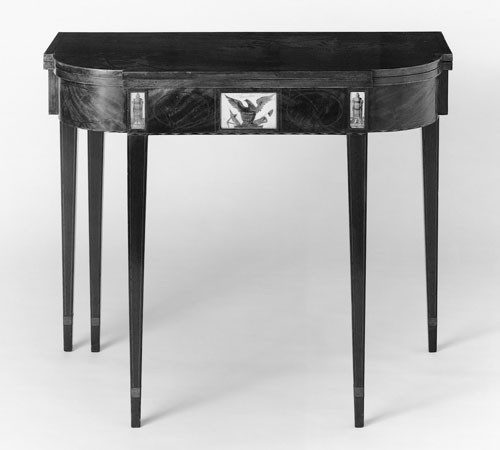
Card table, probably New York City, ca. 1801. Mahogany with white pine and walnut. H. 29 3/16", W. 36", D. 17 1/8" (closed). (Courtesy, Winterthur Museum, gift of Henry Francis du Pont.) This table is one of a pair.
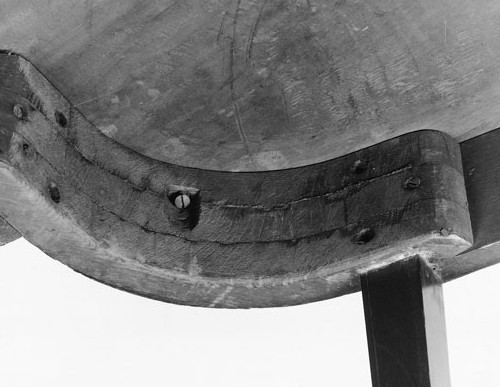
Detail of the horizontal laminations of the rail of the card table illustrated in fig. 1.

Card table, probably New York City, 1795–1805. Mahogany with unidentified secondary woods. H. 28 1/2", W. 35 3/4", D. 18" (closed). (Courtesy, New-York Historical Society.) The top of this table is unusual in being made from solid wood. The name “Edward Rogers” is inscribed in chalk on the underside of the fixed leaf.
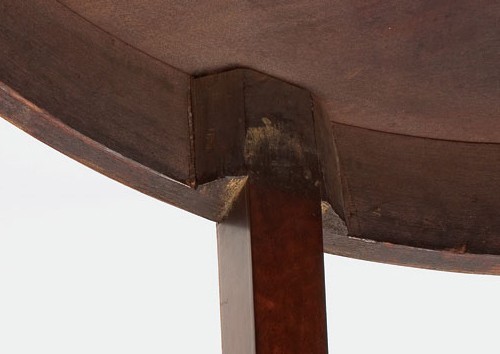
Detail of the vertically laminated rail of the card table illustrated in fig. 3.
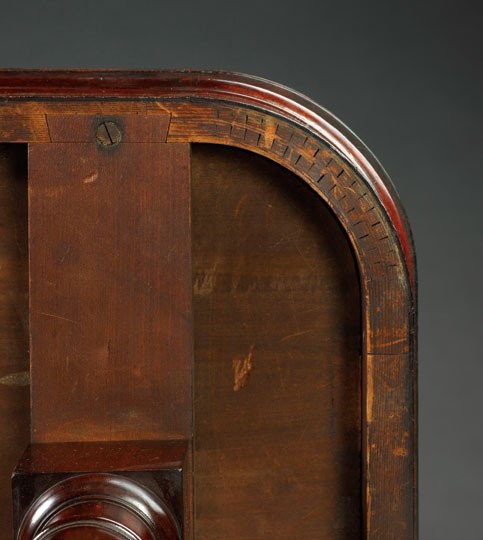
Detail showing the kerfed and laminated corners of a card table attributed to Duncan Phyfe, New York City, 1830–1840. (Courtesy, Northeast Auctions.)
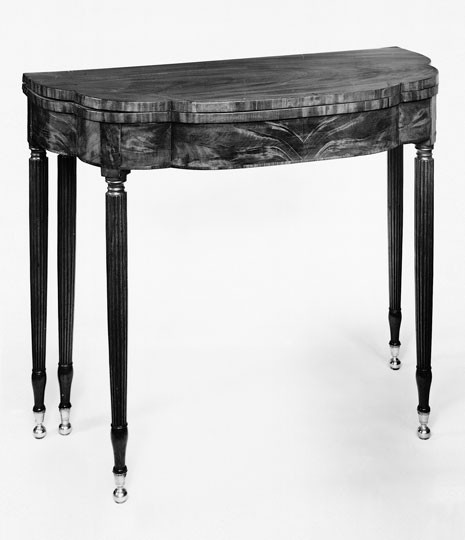
John T. Dolan, card table, New York City, 1809–1813. Mahogany with white pine and cherry. H. 30 1/8", W. 35 3/4", D. 36 5/16" (open). (Courtesy, Museum of the City of New York.) This triple elliptic table bears Dolan’s label.
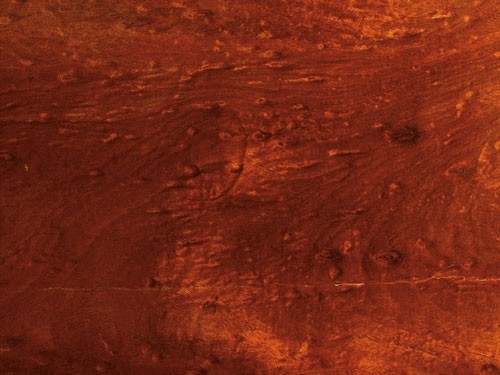
Detail of the plum-pudding mahogany veneer on the top of the card table illustrated in fig. 13. (Photo, Gavin Ashworth.)
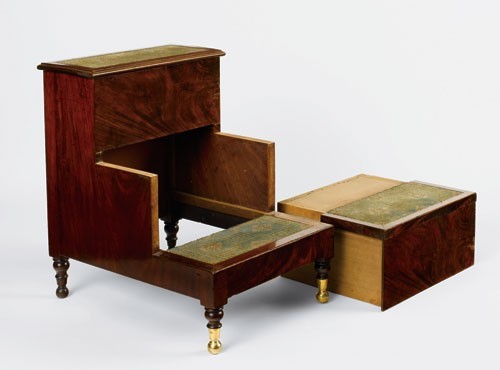
Bed steps, New York City, 1815–1830. Mahogany with white pine and tulip poplar. H. 24 1/2", W. 19", D. 24". (Courtesy, Boscobel Restoration; photo, Gavin Ashworth.)

Detail showing the “slipped” rear edge of the upper leaf of the card table illustrated in fig. 13. (Photo, Gavin Ashworth.) The joint between the one-quarter-inch veneer and core is visible inside the mortise.
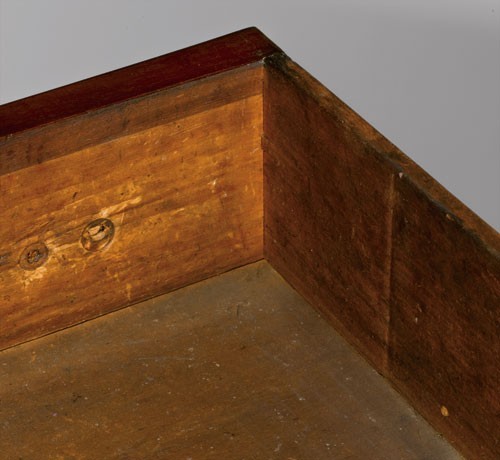
Detail showing the “slipped” top edge of a veneered drawer front. (Photo, Gavin Ashworth.)
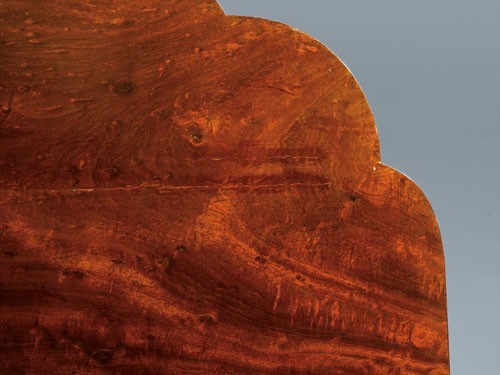
Detail showing splits along the glue joints of the upper leaf of the card table illustrated in fig. 13. (Photo, Gavin Ashworth.)
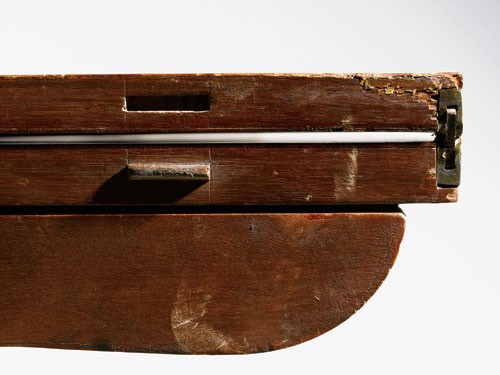
Detail of an alignment tenon and mortise on the rear edge of the top of the card table illustrated in fig. 13. (Photo, Gavin Ashworth.)
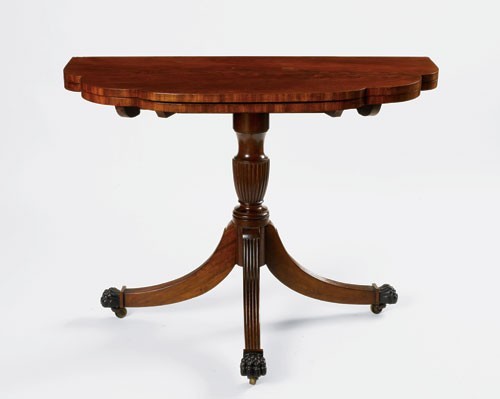
Card table, New York City, 1805–1815. Mahogany with cherry, tulip poplar, and white pine. H. 28 1/2", W. 36", D. 17 3/4" (closed). (Courtesy, Boscobel Restoration; photo, Gavin Ashworth.)
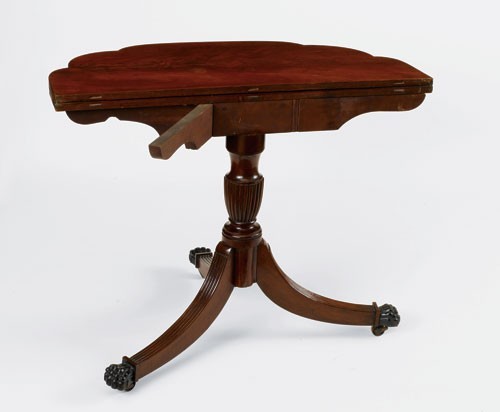
Detail showing the operation of flies linked to the swinging rear legs of the card table illustrated in fig. 13. (Photo, Gavin Ashworth.)
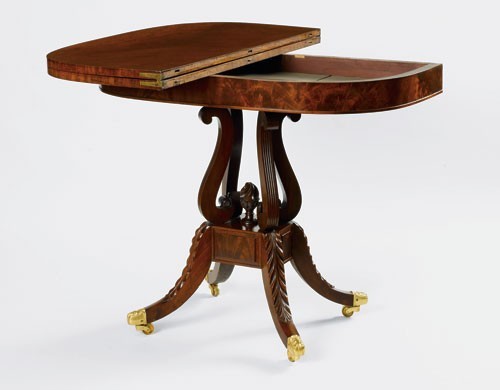
Card table, New York City, 1815–1825. Mahogany with white pine. H. 30", W. 36", D. 18" (closed). (Courtesy, Boscobel Restoration; photo, Gavin Ashworth.) The swivel top rotates, exposing a well.
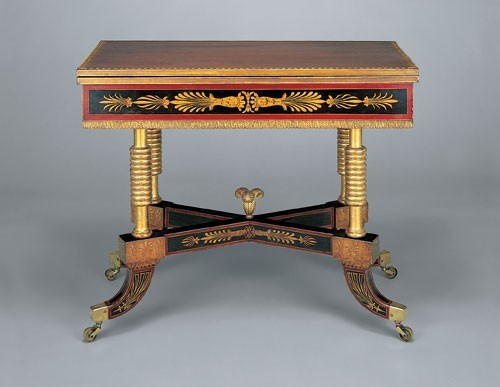
Card table designed by Benjamin Henry Latrobe and possibly made by Thomas Wetherill, Philadelphia, Pennsylvania, ca. 1811. Mahogany with tulip poplar and white pine. H. 29 1/2", W. 36", D. 17" (closed). (Courtesy, Private Collection; photo, Gavin Ashworth.) This table has a swivel top.
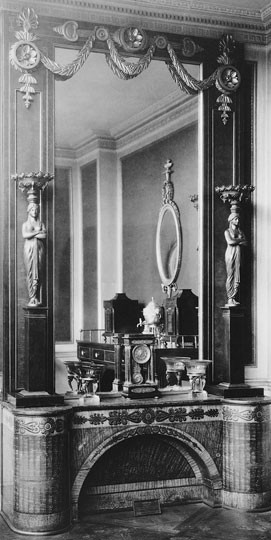
George Wright, console table, Philadelphia, Pennsylvania, 1811. White pine. H. 29 1/2", W. 73", D. 23 1/4" (closed). (Courtesy, Philadelphia Museum of Art, gift of the Associate Committee of Women, 1913.) This early photograph shows the console table below a later looking glass and frame.
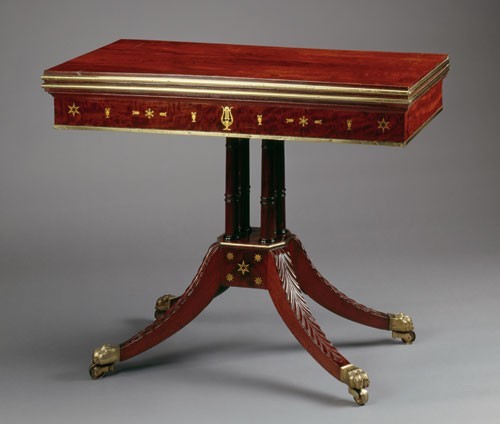
Charles Honoré Lannuier, card table, New York City, 1810–1815. Mahogany with mahogany. H. 29 1/2", W. 36", D. 18 1/8" (closed). (Courtesy, White House Historical Association; photo, Bruce White.) This swivel-top table bears Lannuier’s label and is one of a pair.
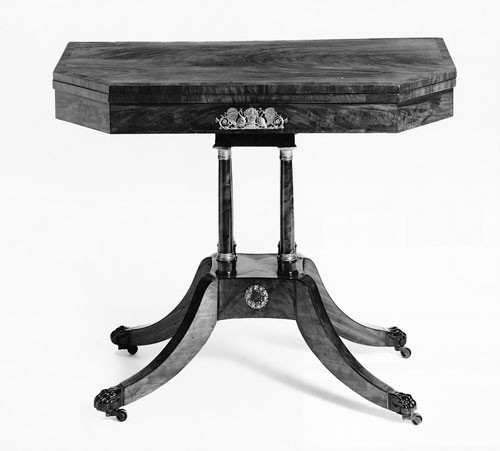
Joseph Brauwers, card table, New York City, 1814 or later. Mahogany with white pine and tulip poplar. H. 29", W. 36", D. 18" (closed). (Courtesy, Winterthur Museum, gift of David Stockwell.) This table bears Brauwers’s label.

Detail showing the construction of a canted corner on the card table illustrated in fig. 19.
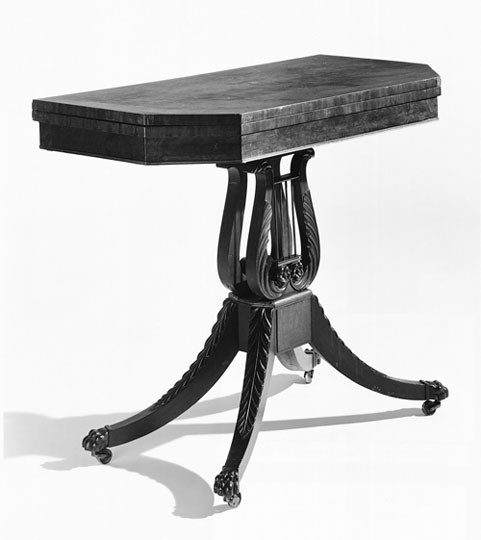
Card table, probably New York City, 1815–1825. Mahogany with white pine, tulip poplar, and cherry. H. 29 7/8", W. 36", D. 17 3/4" (closed). (Courtesy, Winterthur Museum, bequest of Henry Francis du Pont.)
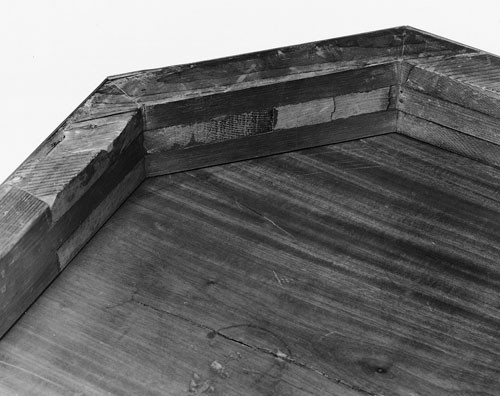
Detail showing the laminated construction of a canted corner of the card table illustrated in fig. 21.
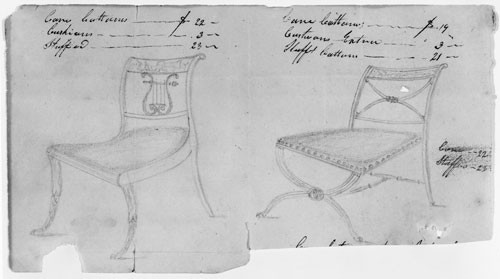
Sketches of a lyre-back chair and a Grecian cross-front chair attributed to Duncan Phyfe, New York City, ca. 1815. Pencil and ink on paper. (Courtesy, Winterthur Museum Library.)
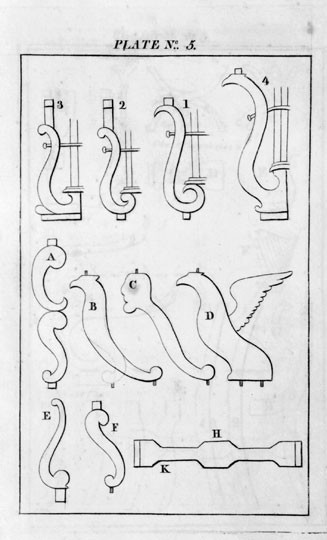
Plate 5 from the 1817 New York Book of Prices. (Courtesy, Winterthur Museum Library.)

Card table, New York City, 1815–1825. Mahogany and ebony with white pine. H. 30 1/2", W. 35 3/4", D. 18" (closed). (Courtesy, Winterthur Museum, bequest of Henry Francis du Pont.)
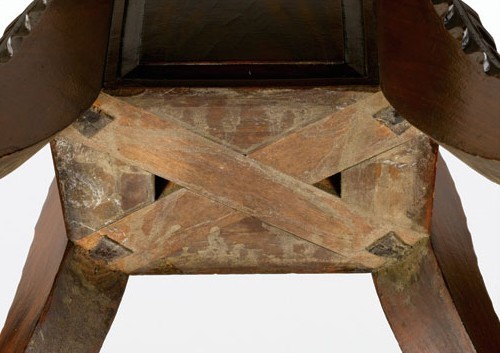
Detail of the lapped block with triangular in-fills on the card table illustrated in fig. 15. (Photo, Gavin Ashworth.)
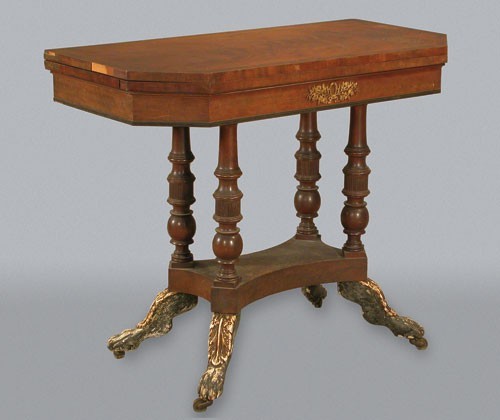
Duncan Phyfe, card table, New York City, 1816. Mahogany with white pine and tulip poplar. H. 30", W. 36", D. 18" (closed). (Private collection; photo courtesy Robert Mussey Associates.)

Detail showing the attachment of colonnettes to two crossbars dovetailed into the frame of the card table illustrated in fig. 27.

Charles Honoré Lannuier, card table, New York City, 1817. Mahogany with ash, tulip poplar, white pine, cherry, and basswood. H. 31 1/8", W. 36", D. 17 7/8" (closed). (Courtesy, Metropolitan Museum of Art.)

Michael Allison, card table, New York City, 1817 or later. Mahogany with tulip poplar and cherry. H. 31", W. 37 3/4", D. 18 1/2" (closed). (Courtesy, Bernard & S. Dean Levy.)
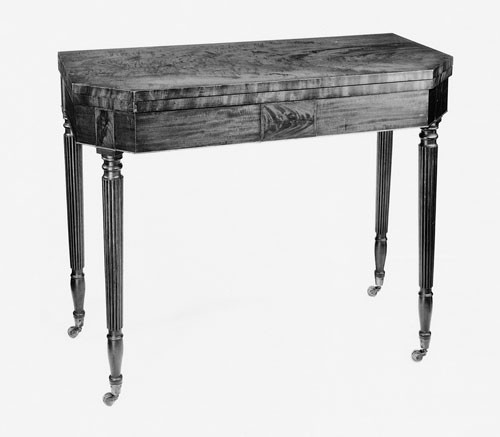
Charles Honoré Lannuier, card table, New York City, 1815–1819. Mahogany with white pine, tulip poplar, and cherry. H. 29 3/4", W. 36", D. 17" (closed). (Courtesy, Winterthur Museum.) This table bears Lannuier’s third label.
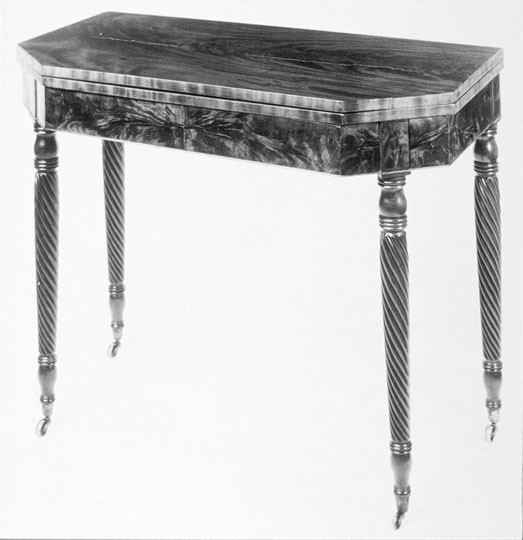
John Budd, card table, New York City, 1817 or later. Mahogany with white pine. H. 29", W. 35*", D. 17 3/4" (closed). (Courtesy, Daughters of the American Revolution Museum.) This table bears Budd’s 1817 label.

Card table, probably New York City, 1815–1820. Mahogany with white pine, cherry, and tulip poplar. H. 29", W. 36", D. 18 1/8" (closed). (Courtesy, Mabel Brady Garvan Collection, Yale University Art Gallery.)
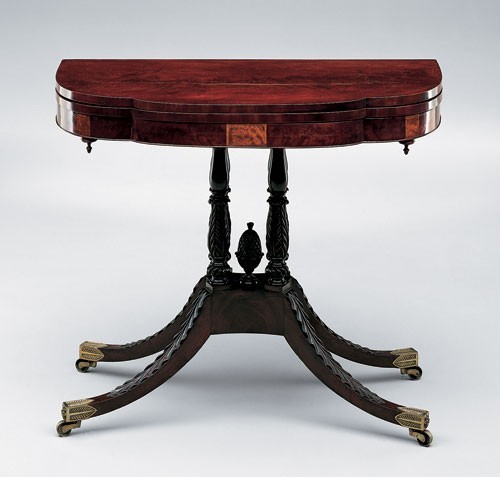
Card table, probably New York City, 1815–1820. Mahogany with white pine. H. 31", W. 37 3/8", D. 20" (closed). (Courtesy, Private Collection; photo, Dirk Baker.)
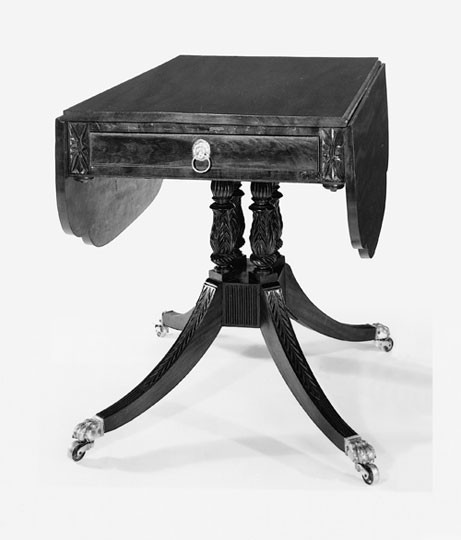
Michael Allison, Pembroke table, New York City. Mahogany with white pine and ash. H. 30", W. 21 5/8" (closed), D. 37 13/16".
(Courtesy, Museum of the City of New York, gift of Estelle de Peyster in memory of Julia de Peyster Martin.)
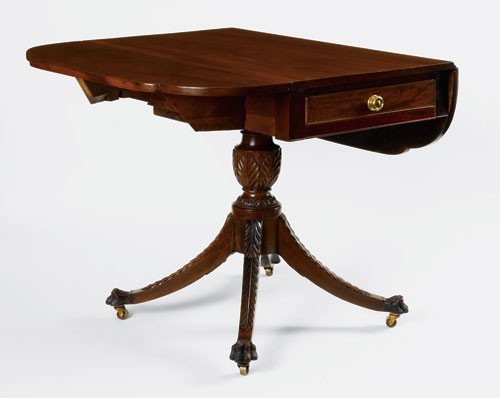
Pembroke table, probably New York City, 1810–1820. Mahogany with ash, maple, tulip poplar, and white pine. H. 30", W. 22 3/8" (closed), D. 35 3/4". (Courtesy, Boscobel Restoration.)
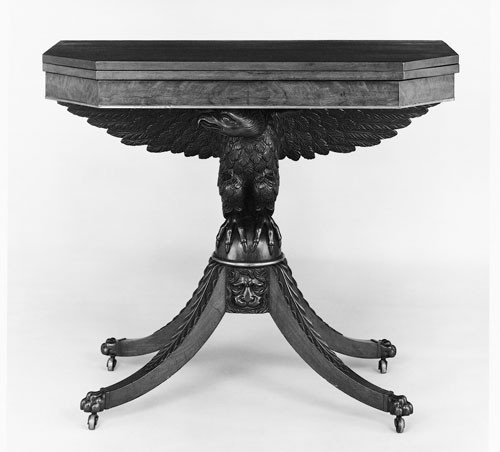
Card table, probably New York City, 1815–1825. Mahogany with white pine. H. 29 1/2", W. 35 1/2", D. 18" (closed). (Courtesy, Mabel Brady Garvan Collection, Yale University Art Gallery.)
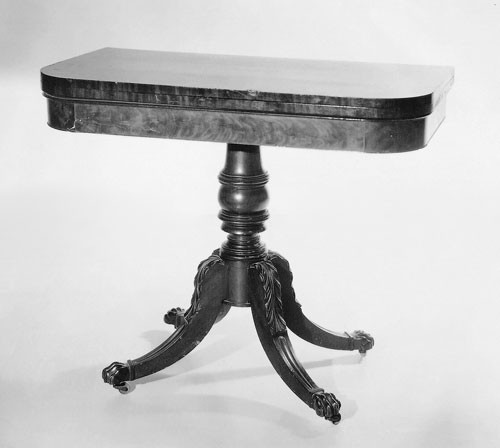
Duncan Phyfe, card table, New York City, 1820 or later. Woods and dimensions not recorded. (Courtesy, Decorative Arts Photographic Collection, Winterthur Museum.) This table bears Phyfe’s August 1820 label.
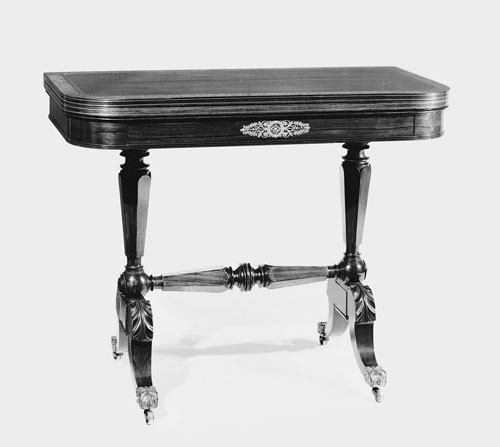
Duncan Phyfe, card table, New York City, 1820 or later. Mahogany with unidentified secondary wood. H. 29 1/2", W. 36", D. 18" (closed). (Courtesy, Israel Sack, Inc.) This table bears Phyfe’s August 1820 label.
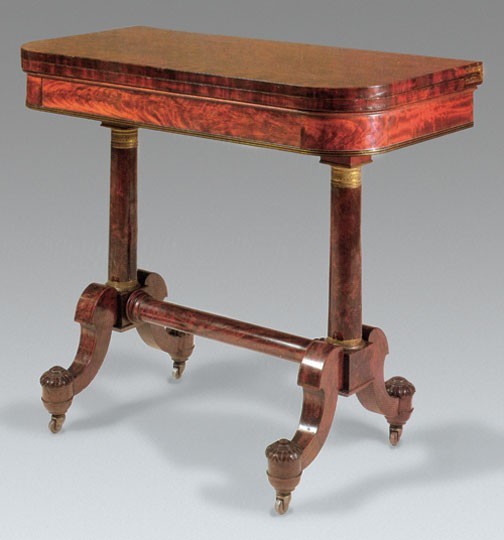
Duncan Phyfe, card table, New York City, 1820 or later. Mahogany with unidentified secondary wood. H. 31 1/2", W. 36", D. 18" (closed). (Courtesy, Sotheby’s.)
